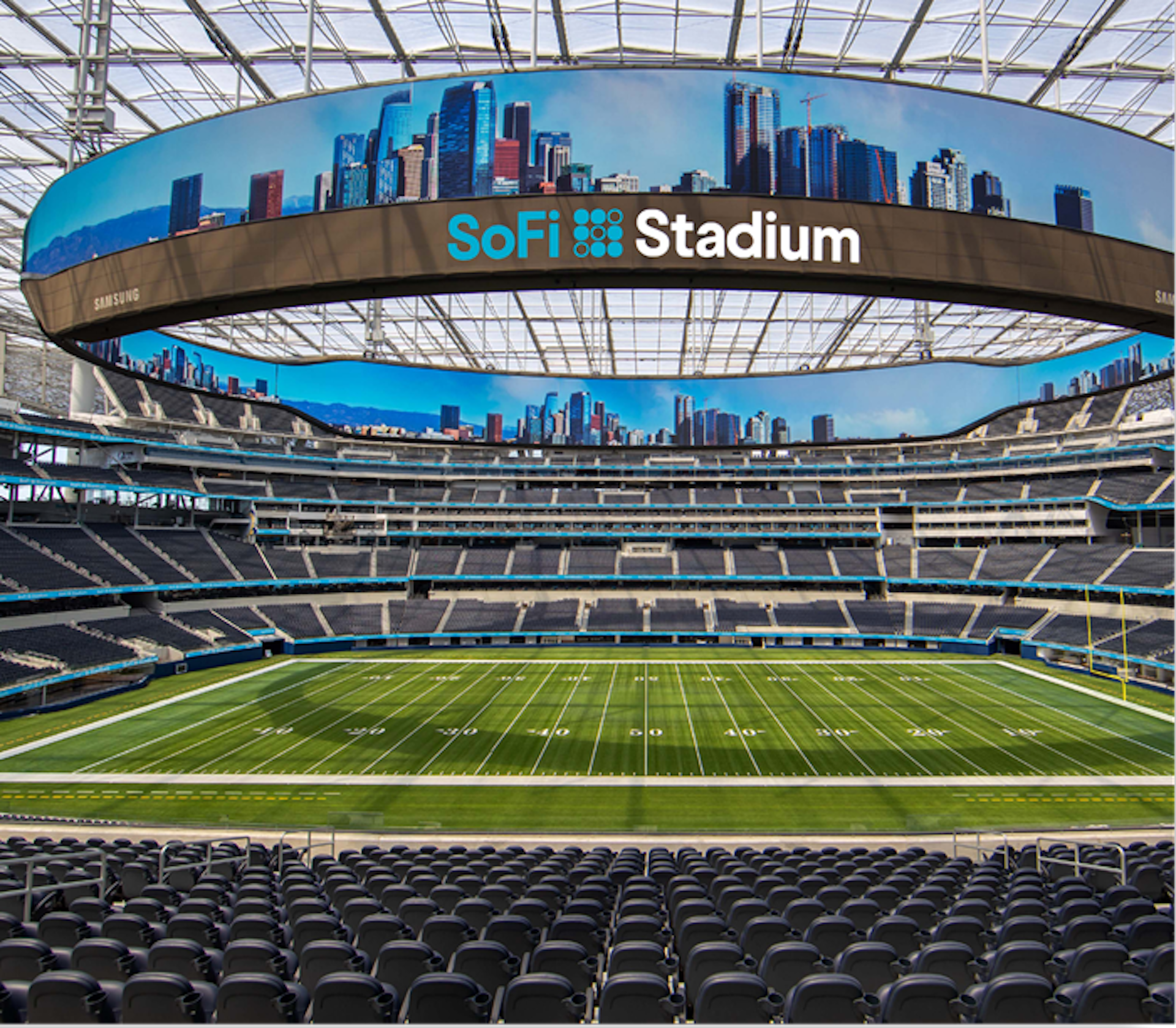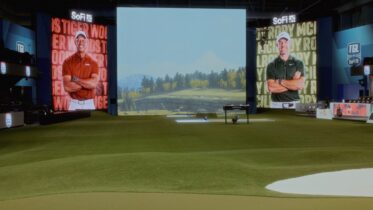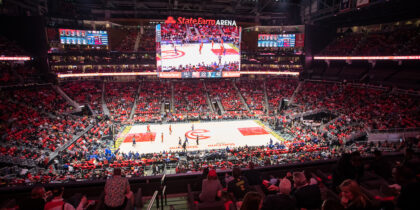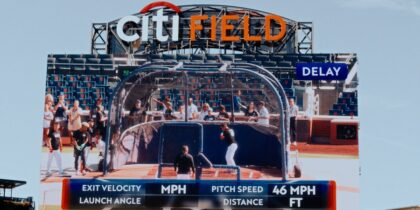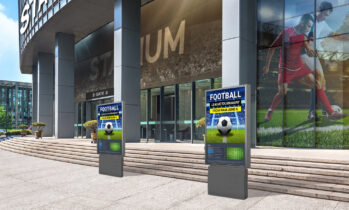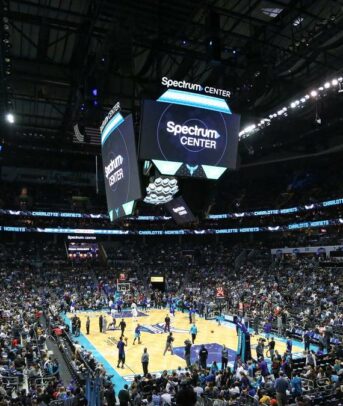For many high school and college sports fans, game day has become a centerpiece for generating school and community spirit. As such, investment in recreating the stadium experience of professional leagues can reap huge rewards beyond reputation. An impactful way to achieve this is to install an LED digital scoreboard.
Offering a generational leap in technology, digital scoreboards provide the same crisp, high-resolution video display used in professional stadiums, wowing crowds with features that will have them returning for future events.
Thanks to evolving technology, LED scoreboards can now deliver a major visual upgrade without a huge price tag — and can pay for themselves in a few years by creating a new, reliable revenue stream for athletic programs. Schools that invest in LED displays are futureproofing their sports facilities, along with boosting school reputation, to ensure years of increased income. Here are four key ways to generate value from LED digital scoreboards.
1. Selling advertising space
LED scoreboards enable schools to sell advertising space to local businesses. This revenue model is also available on static boards, but as many athletic directors know, it’s time-consuming to manually update your signage whenever a new business purchases ad space. With digital signage, ads can be updated quickly and easily, and the display can rotate through multiple brands during a single game. This increased flexibility is attractive to businesses.
Drive revenue by surpassing venue expectations
Explore digital opportunities to deliver more immersive experiences and increase fan loyalty. Download Now
So too is the stronger visual impact digital scoreboards bring, encouraging more businesses to buy space on them. One great example of this is Coffee County Central High School in Tennessee. After adding Samsung display technology to create a sports video scoreboard, the school generated $12,000 in revenue across multiple programs in the first couple months of the school year.
When your LED scoreboards aren’t delivering ads, you can take the opportunity to display helpful information about how businesses can purchase ad space from you.
2. Offering sponsorships
Athletic directors can secure partial funding for their digital scoreboard with a corporate sponsor in exchange for the brand’s name or logo being attached to the display. A high school LED digital scoreboard, for example, could be presented by a local bank, tech company or restaurant.
You may choose to solicit another corporate partner — or two more — to be the official provider(s) of instant replays or game statistics. Your partnered organizations can pay a set amount by the season or year for a predetermined amount of brand exposure. As your digital scoreboard drums up community excitement and school spirit, you’ll also be building relationships with nearby businesses.
3. Supplementing curriculum
Once your school’s athletics department rolls out an on-screen advertising program, that program will need to be managed. Students who are studying media, broadcasting and production are perfect candidates. For hands-on learning opportunities, they can operate and manage the technical operations of your displayed ads, organize marketing plans and communicate with local businesses. To hone their content creation skills, these students can take marketing-focused courses, co-developed by teachers, staff and local professionals.
4. Hosting community and school events
Even if your school’s displays are set up in the football stadium or the gym, the screens can be used for more than just sporting events. A striking LED scoreboard will enhance school assemblies, dances and graduation ceremonies, as well as other campus initiatives, such as school club meetings.
Beyond school-sanctioned events, you might rent out your event space — including the digital scoreboard — for use by organizations in your community. If a summer camp, corporate training program or dance competition is looking for a place to host an event, LED scoreboards open up a wealth of opportunities, making your school an appealing location.
Stepping up to the plate
As more high schools and colleges install LED digital scoreboards, traditional displays look outdated. A brand-new Samsung LED scoreboard with professional-level video quality doesn’t just attract fans to the game, it attracts new students to the school, especially those considering a school’s athletic program a deciding factor. With a top-of-the-line digital scoreboard, your school hits the sports experience out of the park.
Discover the full range of digital scoreboard options by Samsung that are ready to guide, inform and entertain your audience. Find tips for configuring and tailoring real-time messaging on your unit in this free guide.
